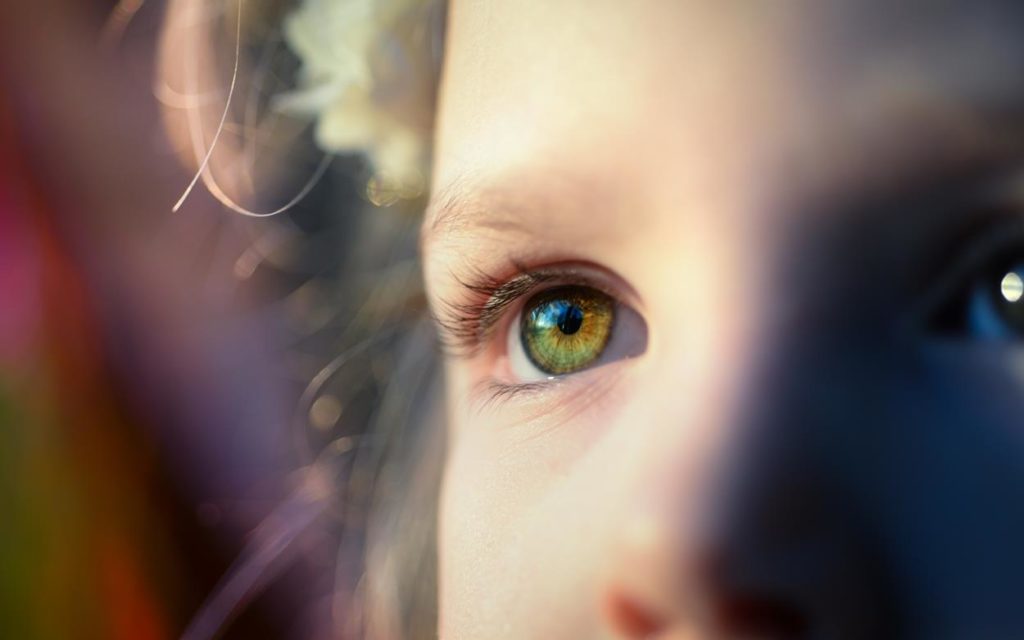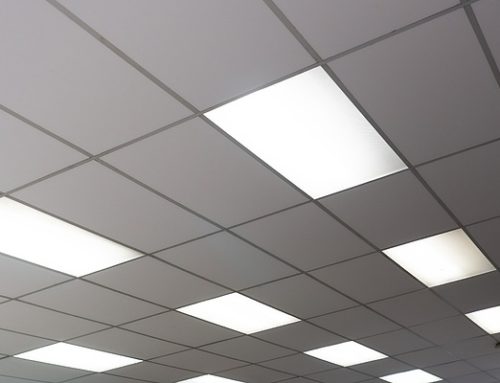
Chemically, the human body is performing several different functions at every second of the day – from breaking down food, to converting oxygen to CO2, to promoting chemical reactions (in the form of hormones) triggered by our senses. Two hormones that are driving factors in our day-to-day-lives, melatonin and cortisol, are affected by the amount of natural light (i.e. sunlight) we receive throughout the day. Light synchronizes our circadian rhythm or our “internal body clock”, meaning light has more than just a visual impact; it supports bodily functions 24 hours a day. This internal clock must be recalibrated each day by sunlight.
The Hidden Photoreceptor
In the human eye, there are two visual photoreceptors, rods and cones, which are responsible for detecting light, objects and colors as they move through our vision; however, in 2002, there was a third photoreceptor of special ganglion cells discovered that do not have a visual function but are still photoreceptive. There are known as the ipRGC (intrinsically photosensitive Retinal Ganglion Cells).
Compared to rods and cones, the ipRGC are sluggish and more responsive to light over time. Their sole purpose is to register ambient light brightness and respond by regulating the body’s biological processes according to the amount of light reaching the cells. Around one to three percent of ganglion cells are non-visual photoreceptors that contain a photosensitive protein known as melanopsin. The ipRGC and melanopsin work together to synchronize our internal clock. The photoreceptors of the human eye are particularly sensitive to blue light of the visible spectrum (with a wavelength around 480 nanometers). As a result, an influx of blue light can slow down the production of melatonin at night.
Daylight’s Influence on the Human Body
Without receiving the full-spectrum and biochemical effects of daylight, our internal clock can fall out-of-sync resulting in tiredness, mood swings and a potentially weakened immune system. Our internal clocks also control complex biochemical processes, such as digestion, heart rate, and hormones. Melatonin and cortisol are two important hormones that are influenced by daylight and help to determine circadian rhythm by chemically-influencing the body in opposite cycles. The natural anti-depressant Serotonin also plays a role in circadian rhythm.
Melatonin
In the evening, our pineal gland produces melatonin, where its secretion is regulated by a rhythm-generating system located in the SCN (suprachiasmatic nucleus of the hypothalamus), which makes us feel tired, slows down bodily functions and other metabolic processes (such as body temperature) to help achieve of good night’s rest. During this phase, our body also secretes growth hormones to aid in repairing cells at night.
Cortisol
Cortisol is a stress hormone produced in the adrenal cortex. It begins to elevate at about 3 a.m. and reaches a peak concentration around 9 a.m., steadily declining during the day. This hormone stimulates our metabolism and starts the body’s processes for day-time operation. The initial daylight supresses the production of melatonin via the third photoreceptor in the eye.
As daylight fades, our internal clock switches back to “night mode”. If there are any blue-light sources where a person is trying to sleep, such as a televsion, your cell phone, an alarm clock, or even street lights outside, there will be lower melatonin production (if any at all) resulting in bad sleep, waking up feeling unrested, fatigue during the day, and a lack of energy and motivation. This process can become more drastic as the winter months arrive, as some people develop seasonal affective disorder (or SAD). Their internal clock is missing its cues due to a faulty hormonal balance in the brain.
Finding Balance
When we don’t have the proper balance of light throughout the day, the chemistry of our body is out of sync, which can lead to physical and mental health risks. Uneven exposure to light and its effects on human health are often seen during winter months in areas moderately-to-extremely north or south of the equator. One negative effect many people suffer from, seasonal affective disorder (or SAD), causes people to feel unmotivated, tired, and depressed. With less bright-white light reaching their eyes, less cortisol is produced, therefore causing fewer stimulants in the body to promote the feeling of energy and happiness.
Understanding how light affects our circadian rhythm and the chemistry of our body, it becomes easier to understand how the correct type of lighting in homes, schools, hospitals, and prisons is crucial. In the correct lighting, students focus better in class, hospitals have more alert night staff, and prisons have fewer outbursts with inmates.
At Energy Performance Lighting, we’re dedicated to providing a healthier artificially-lit environment for everyone. Our focus is on the scientific connection between light and human health while delivering energy savings unmatched by any competitor. If you have any questions or you’re curious how a lighting upgrade or lighting retrofits can benefit you, contact a certified lighting experts at EPL by phone at (608) 661-5555, send us a message or apply for no-cost facility assessment and an EPL team member will contact you within one business day.



